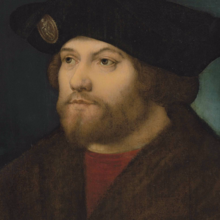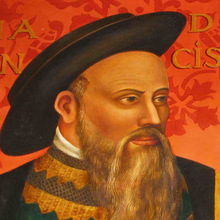
Personal
Other names:
Job / Known for:
Navigator
Left traces:
The sea route from Europe to India
Born
Date:
1460-12-31
Location:
PT
Sines, Alentejo,
Died
Date:
1524-12-24 (aged 64)
Resting place:
PT
Jerónimos Monastery, Lisbon,
Death Cause:
Malaria
Family
Spouse:
Catarina de Ataíde
Children:
Francisco da Gama, Estêvão da Gama, Cristóvão da Gama, Pedro da Silva da Gama, Paulo da Gama, Isabel de Gama, Álvaro de Ataíde da Gama
Parent(s):
Estêvão da Gama, Isabel Sodré
QR Code:
Show More
Rank
Users ranking to :
Thanks, you rate star
Ranking
5.0
1
Fullname
Vasco da Gama
Slogan
Whoever desires to see the world, let him come and see me.
About me / Bio:
Show More
Article for Vasco da Gama
Died profile like Vasco da Gama
Comments:









